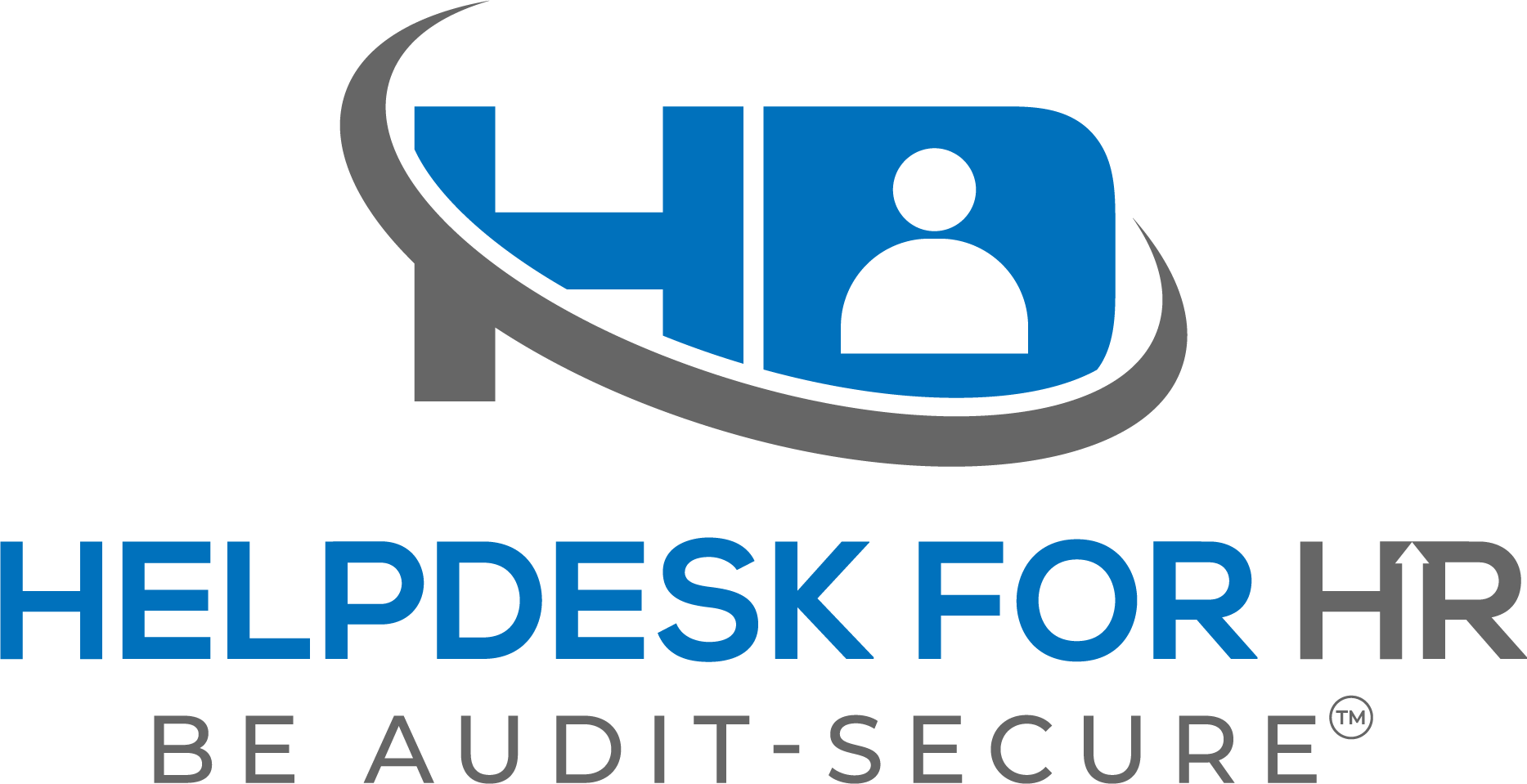Additional training is to be done whenever a new physical or health hazard is introduced into the work area, not a new chemical. For example, if a new solvent is brought into the workplace, and it has hazards similar to existing chemicals for which training has already been conducted, then no new training is required. As with initial training, and in keeping with the intent of the standard, the employer must make employees specifically aware which hazard category (i.e., corrosive, irritant, etc.) the solvent falls within. The substance-specific data sheet must still be available, and the product must be properly labeled. If the newly introduced solvent is a suspect carcinogen, and there has never been a carcinogenic hazard in the workplace before, then new training for carcinogenic hazards must be conducted for employees in those work areas where employees will be exposed. It is not necessary that the employer retrain each new hire if that employee has received prior training by a past employer, an employee union, or any other entity. General information, such as the rudiments of the HCS could be expected to remain with an employee from one position to another. The employer, however, maintains the responsibility to ensure that their employees are adequately trained and are equipped with the knowledge and information necessary to conduct their jobs safely. It is likely that additional training will be needed since employees must know the specifics of their new employers’ programs such as where the MSDSs are located, details of the employer’s in-plant labeling system, and the hazards of new chemicals to which they will be exposed. For example, (h)(3)(iii) requires that employees be trained on the measures they can take to protect themselves from hazards, including specific procedures the employer has implemented such as work practices, emergency procedures, and personal protective equipment to be used. An employer, therefore, has a responsibility to evaluate an employee’s level of knowledge with regard to the hazards in the workplace, their familiarity with the requirements of the standard, and the employer’s hazard communication program.
Reference Interpretation and Compliance Letters:
- Retraining employees who have been previously trained by another employer. [05/06/88]
- Hospital technicians required to attend HCS training and a clarification of coverage of pharmaceuticals under the HCS. [09/01/89]
- Employers are responsible for training new employees on the HCS. [05/11/88]
October 2018
Tags: HAZCOM, OSHA
Log in or Register to save this content for later.